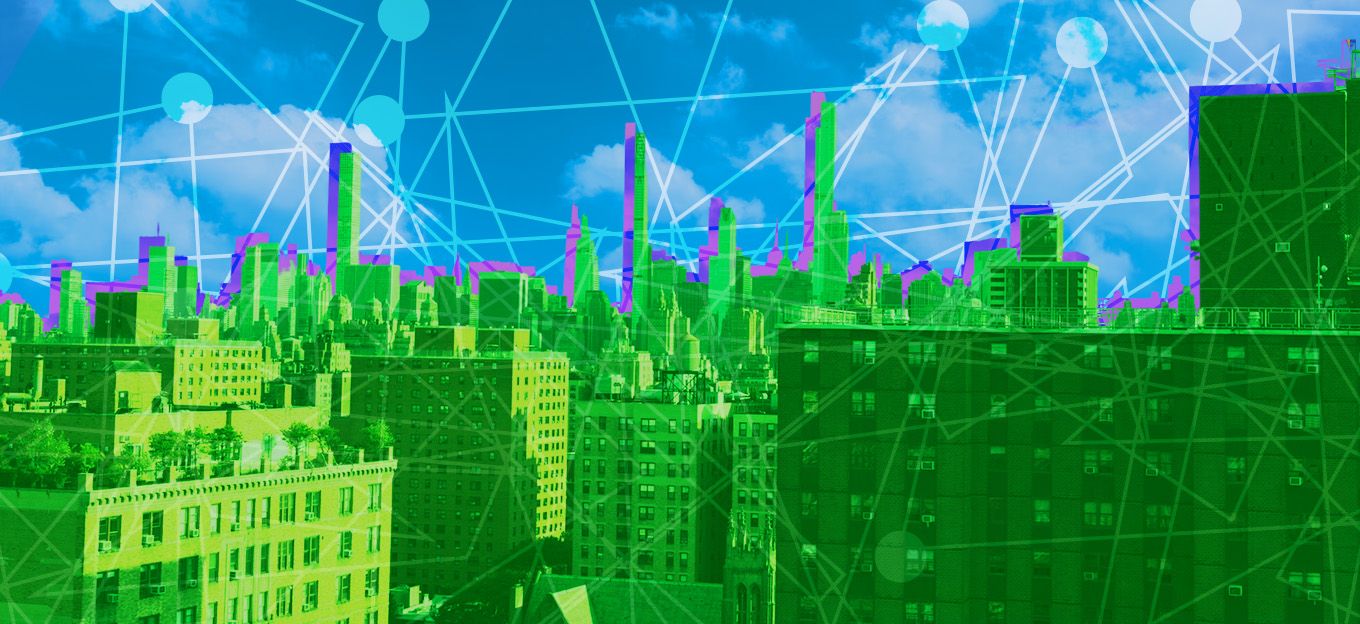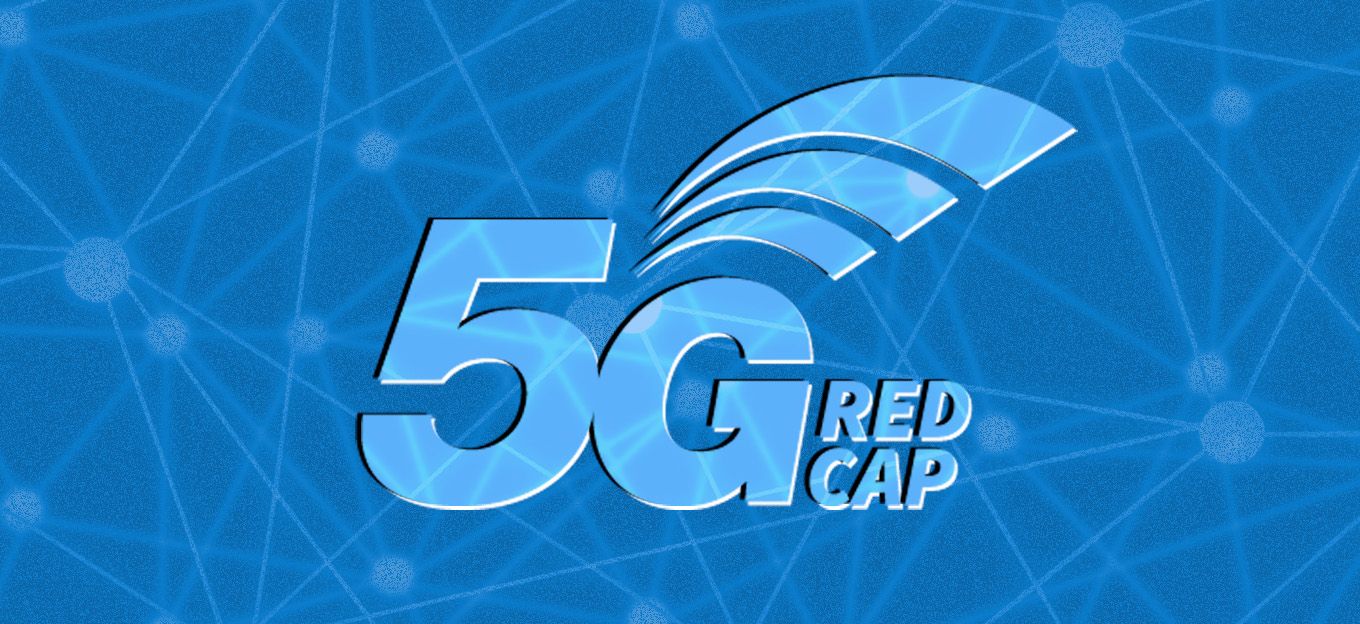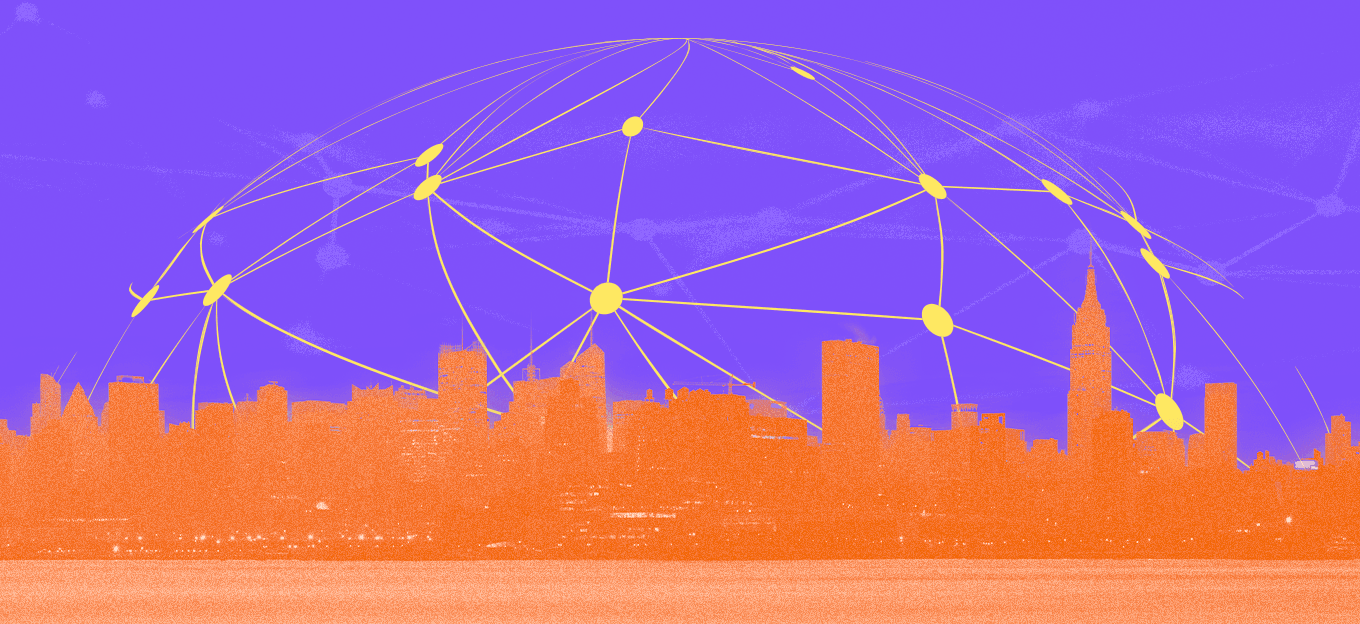IoT and 5G: Transforming Public Transportation System
IoT and 5G: Transforming Public Transportation System
- Last Updated: December 2, 2024
Conure
- Last Updated: December 2, 2024



Smart cities collect data from different connected sensors and electronic devices. The development of smart cities relies on the Internet of Things (IoT), Information and Communication Technologies (ICT), and strong connectivity.
The fifth generation (5G) of wireless mobile communication provides an advanced communication network, connecting everything. 5G is an integral part of the development of smart cities. It provides the required communication infrastructure needed by different smart city projects.
Transforming public transportation is one of the major objectives of smart city development. In this blog, we highlight the need for a smart public transformation system, the role of 5G and IoT in it, environmental benefits, real-life examples, and future aspects.
Need for Transforming Public Transportation
Traditional public transportation systems are not very efficient and professionally managed. People must wait at the bus stop for hours and often find their desired buses fully occupied. Due to the increased population and limited public transport, people consider traveling on public transport a nightmare. Despite waiting and traveling in a crowded bus, they reach their destination late.
Considering these issues, transportation authorities of different countries are working. They now rely on smart technology such as IoT and 5G to provide a robust public transportation system.
5G and IoT are Game Changers for Public Transportation System
5G is the fifth-generation mobile network that connects anything virtually from all over the world. It has revolutionized smart cities because of its enhanced connectivity, speed, and latency. It can transmit data at around 10 Gbps and latency as low as one millisecond.
With 5G, we can transfer data instantaneously. 5G application is not only restricted to providing faster internet for smartphones, but it plays a key role in the next generation of the intelligent transportation system.
On the other hand, IoT is a network of interconnected devices that can communicate and exchange data. It can transform the transportation system by transforming ordinary vehicles into data-driven intelligent assets. We can embed sensors, IoT devices, and GPS systems into buses and trains to connect systems and transfer data.
The synergy of IoT and 5G is the basic need for smart city development and can do wonders to provide a quality life to people.
What is a Smart Public Transportation System?
A smart public transportation system is a connected solution that allows passengers to enjoy their journey easily and conveniently. The main elements of a smart public transportation system consist of 5G, cloud computing, smart bus stops, smart public buses, and remote users with mobile or web applications.
The user gets a real-time bus schedule and tracking, allowing them to pre-book their seats and reach the bus stop on time. They can make their profiles on the mobile app, allowing them to opt for different packages and discounts. Their accounts are also connected with their bank or credit cards, and their fares are deducted automatically.
The smart bus stop also displays all the information on the screen for the ease of passengers. All these systems are connected via 5G, IoT, and cloud computing to ensure the system's high competency, accuracy, and durability.
Benefits of Transforming Public Transportation Systems
The synergy of 5G and IoT provides numerous benefits for public transportation. The most interesting ones are discussed here:
1. Collaboration with Smart Parking
Smart public transportation systems can also collaborate with smart parking solutions. When public transportation administrators get an opportunity for smart parking, they can easily park their buses without trouble. They can book parking spots and can pay parking charges online. Also, they can see through the mobile app whether the other bus is parked or left and can manage the route accordingly.
Also, the combined data from both systems provide an in-depth analysis of traffic patterns, which provide stats about the areas that need high mobility, parking space, and number of buses. Hence, the information helps in smart infrastructure development.
2. Smoother Commute
With IoT and 5G, we can design a smart public transportation system. The smart bus tracker mobile app lets users see available buses or trains on their routes. They can find and book from their mobile phones without any hassle of finding them physically.
Not only this, but they can also pay their charges online weekly, daily, or monthly at their convenience. The students can also get different discounts and packages, making their public transportation experience quite reasonable and suitable.
3. Real-Time Updates
IoT provides real-time monitoring, which allows users to track their booked buses. With GPS tracking and real-time estimation, they can monitor the time it will take for the bus to reach the nearby station. Accordingly, they can reach the stop without waiting long hours.
4. Seat Reservation
One of the major issues of public transportation is the unavailability of seats. Passengers keep standing in a suffocating environment, leading to fatigue, stress, and exhaustion. Even due to close interaction, the chances of airborne disease transmission increase.
With a smart public transportation system, you can book your seat online and easily look for bus schedules and routes. You can easily get a seat without any hassle, and no person will be allowed to get on the bus if the seats are fully occupied.
5. Traffic Management
People prefer buses over sole rides when a strong and convenient public transportation system exists. It saves money and reduces traffic congestion and fuel consumption.
Also, we can manage the needs of passengers by releasing the buses according to the number of bookings. The riders won't stay long at bus stops to ensure all seats are occupied, and passengers won't need to stand on the bus.
Environmental Benefits of the Synergy of 5G and IoT in the Transportation Sector
The synergy of IoT and 5G contributes positively towards intelligent public transportation systems and plays a major role in creating an eco-friendly environment. The environmental benefits are:
1. Traffic Congestion
The main reason for revolutionizing the public transportation experience is to reduce traffic congestion. Buses and trains can carry more people, taking less space on the road.
2. Greenhouse Gas Emission
According to a UCLA report, public transportation helps reduce greenhouse gas emissions by up to 45 percent compared to private cars. Therefore, authorities must work on making a strong public transportation system.
3. Eco-Driving Assistance
Smart public transportation systems give drivers real-time feedback on their driving behavior, such as speed, acceleration, and citations. Monitoring their data encourages them to adopt eco-friendly practices, resulting in less fuel consumption.
4. Air Pollution
Smart public transportation system helps improve air quality by reducing the number of vehicles on the road. It must be implemented in regions where air pollution is a serious concern.
Real-Life Examples of a Smart Public Transportation System
One of the greatest examples of smart public transportation systems is in Seoul, South Korea. Their metro system has a smart payment and booking system, Wi-Fi, 5G, and virtual assistance. They have climate-controlled subways with seat warmers. Also, the stations have digital terminals through which passengers can look for bus routes and schedules.
To provide a wonderful experience to the passengers, their stations have virtual grocery stores that look like real store shelves with images of products and prices. Every product has a sign with a QR code so buyers can shop by scanning the product and getting their orders delivered to their booking address.
Another breakthrough is the Metropolitan Transportation Authority (MTA) in New York, which launched a mobile app for public transport users. The app is currently in BETA testing to provide the best transit experience. The app's main features are real-time service alerts, scheduling, favorite route saving, live bus tracking, trip booking, and many others. With this app, passengers are only one click away from booking public transport, contributing to an improved public transit system.
The Next Generation of Smart Public Transit
In the future, we can see the integration of advanced technologies in the intelligent public transportation system, including artificial intelligence, holograms, virtual assistance, and augmented reality. Also, 5G is upgrading to 6G, providing stronger connectivity, frequency, and sustainability. Integrating such technologies will do wonders to provide the best experience to commuters.
To Sum Up
One of the major needs of dealing with daily life hassles is traveling. Public transportation is one of the most common commuting methods due to its affordability. 5G and IoT are the main assets to revolutionize public transportation systems.
5G provides strong internet connectivity, and IoT allows the connection of different IoT devices and sensors. Smart public transportation system helps provide citizens with a smoother commute experience.
With real-time updates and monitoring, they can book their bus seats and reach the bus spot on time. A smart public transportation system is affordable and convenient for passengers and helps to reduce traffic congestion, pollution, and daily work hassle.
The Most Comprehensive IoT Newsletter for Enterprises
Showcasing the highest-quality content, resources, news, and insights from the world of the Internet of Things. Subscribe to remain informed and up-to-date.
New Podcast Episode

Moving Past the Pilot Phase in IoT and AI
Related Articles





